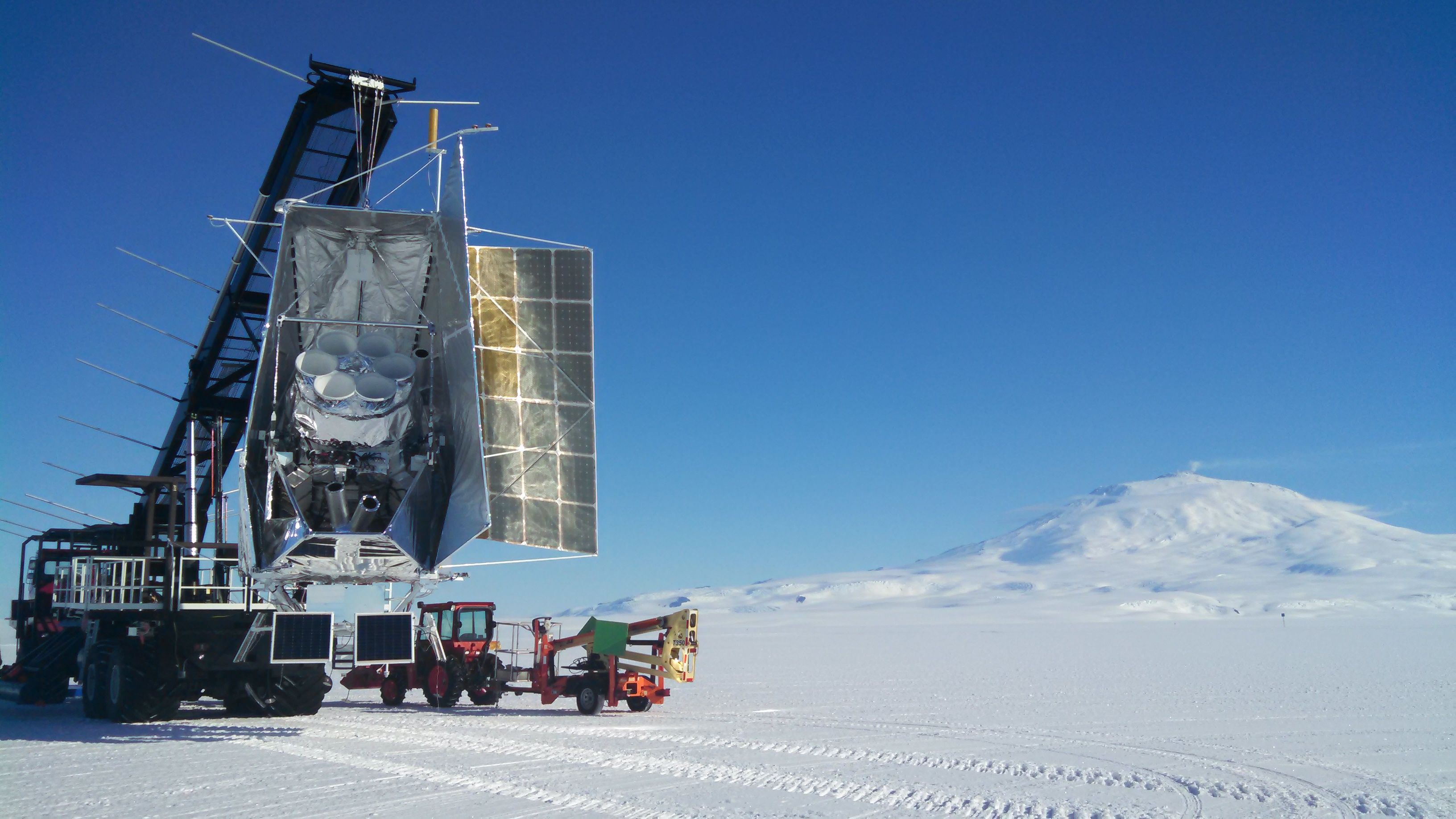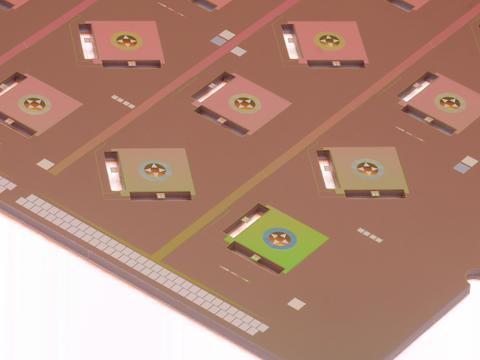SPIDER

Telescope Details
Location:
Balloon experiment launched from Antarctica
Purpose:
Make precision measurements of the polarization of the cosmic microwave background. SPIDER’s cameras look for the pattern, or polarization, of gravitational waves produced by the fluctuation of energy and density that resulted from the Big Bang. A low-resolution camera is the least expensive, most efficient way to scan large areas of the sky.
NIST’s role:
For the 2015 flight, NIST provided electronics to collect sensor data. For the next flight, NIST provided arrays of 2,500 sensors.
Significant discoveries:
SPIDER is the only balloon experiment to place limits on gravitational waves, which are statistically unique fingerprints that can be traced back to the beginning of the universe.
Other interesting facts:
The entire telescope is chilled below 4 K (because a colder instrument can detect more real signals, less contaminated by noise), weighs 2,722 kg (6,000 pounds) and is attached to a helium-filled balloon. The payload floats 36,576 meters (120,000 feet) above Antarctica as it observes the cosmos.
Funded by:
NASA and the David and Lucile Packard Foundation
Partners:
Princeton University, University of Toronto, Case Western Reserve University, California Institute of Technology and the Jet Propulsion Laboratory, University of British Columbia, Cardiff University, Canadian Institute for Theoretical Astrophysics, Imperial College London and University of Cambridge
Media


